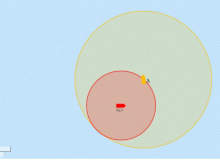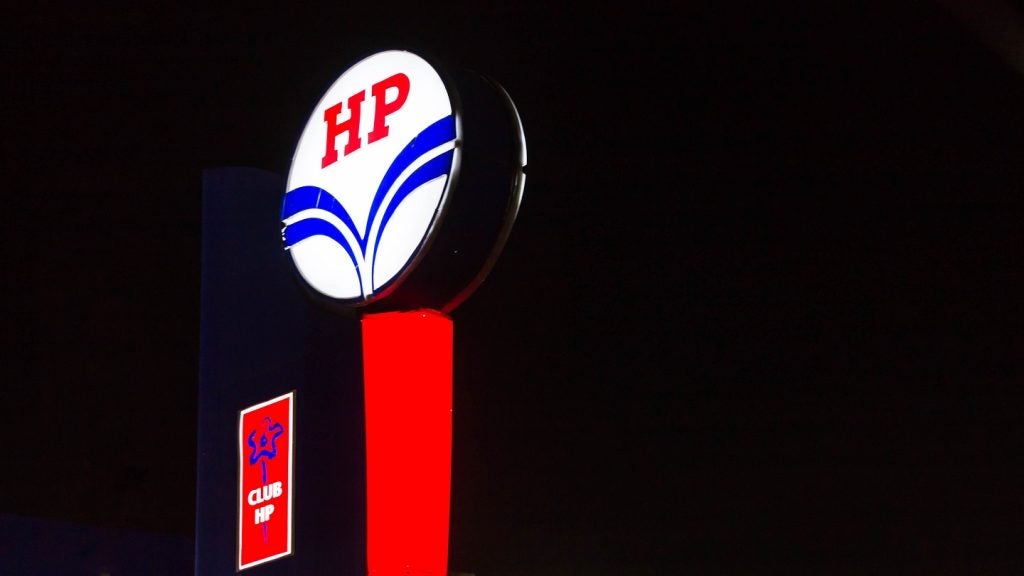

In September 2015, UK company Cambla launched a new and improved version of an already well-received tool. Exhibiting at SPE Offshore Europe, the project services consultancy showcased its upgraded schedule animation tool (SAT), which had been created with today's subsea project teams in mind.
"The technology is a world-first, developed to improve the accuracy – and significantly reduce the costs, time and safety risks – associated with planning subsea operations," explains Alexander MacLeod, a chartered engineer who founded Cambla in 2013.
Designed to replace paper schedules and the subsequent need for extensive printing, SAT is an online application that can be accessed securely from any computer or tablet, by multiple users worldwide. It provides a clear visual representation of a vessel's location and planned activities, and gives users an accurate insight into its future or ongoing operations.
Conflict avoidance: visual tools for ship scheduling
The need for such an app is not in doubt. Coordinating schedules is a notoriously complex task, particularly when the vessels are likely to come into close proximity with each other or installations. Simultaneous operations (SIMOPs) of this kind can lead to conflicts, not to mention requiring additional risk assessments.
See Also:
By using SAT, project teams can align their schedules and choose the most appropriate sequence of activities, minimising any loss of production time.
How well do you really know your competitors?
Access the most comprehensive Company Profiles on the market, powered by GlobalData. Save hours of research. Gain competitive edge.

Thank you!
Your download email will arrive shortly
Not ready to buy yet? Download a free sample
We are confident about the unique quality of our Company Profiles. However, we want you to make the most beneficial decision for your business, so we offer a free sample that you can download by submitting the below form
By GlobalData"The main benefit of using the tool is that it helps to eliminate any conflicts between vessels by showing you where each vessel will be for the duration of the project and highlighting any issues," says MacLeod. "This allows schedules to be optimised so that operations are not interrupted or delayed, which generates many hours of saved time that in turn is a substantial cost savings."
Saving time and money is at the crux of SAT. In an environment where vessels cost between £100,000 and £300,000 a day to operate, offshore companies are under immense pressure to reduce their overheads and avoid delays. In years gone by, any extra costs incurred might have been mitigated by revenues at the completion stage, but nowadays any deviation from the planned schedule can pose a very real hindrance to success.
"We were quick to recognise that the fluctuating oil price has driven major oil operators to undertake larger more complex projects with the aim of boosting production to replace ageing fields," says MacLeod. "These companies can no longer afford to risk any project oversights or delays."
Through using the schedule animation tool, operators and engineering, procurement and construction (EPC), companies can reduce their man hours, making it simpler to plan and execute offshore operations. This may afford businesses a competitive edge in today's uncompromising marketplace, while allowing them to do more with less.
Optimising operations
Essentially, the app works by taking schedule information in its existing format and converting into a 4D model using Primavera P6 or Microsoft Project as a data repository. Cambla provides a bespoke version of the software, which is tailored to meet client requirements and can be easily updated should those requirements change.
One of its key advantages is that the simulation can be repeated very quickly. If something in the scheduling changes, for instance the vessel's arrival date or the sequencing of the activity, the project plan can be easily updated. This provides a level of simplicity and convenience unmatched by paper-based analysis, where the project team would have had to re-start and re-analyse data to check for possible interference with other planned operations in the area.
It also enables operators to see whether their fleet is being used optimally, and to make suitable changes if not. "Vessel operators are under immense pressure to identify occasions where their fleet is not being utilised to its full potential," says MacLeod. "SAT is a particularly useful resource for companies operating a large vessel fleet or planning a complex subsea project as it offers full fleet management support."
Savings and upgrades
When the app was first released, Cambla received a significant amount of positive feedback and enquiries from subsea project teams. This level of demand – coupled with a growing awareness of clients' business requirements – spurred the company to refine the tool by some upgrades.
"We recognised a growing industry need for a cost-effective way of planning vessel activity, and developed a solution for this through our new and improved software," continues MacLeod. "The tool's time and cost saving capabilities are currently in high demand due to the challenging market that the North Sea sector represents, and we can now support the industry at a time where reducing excess expenditure is of paramount importance to its future sustainability."
The new version of the app boasts increased fleet management capabilities, an enhanced data input system, a function to display fixed infrastructures – including oil and gas platforms and wind turbines – and a listing of all scheduling issues, as well as enabling the animation models to be produced faster.
At SPE Offshore Europe, Cambla shared the new features through a live demonstration, which as MacLeod explains, generated a lot of interest: "Feedback received has been highly positive, and as we understand the subsea market and its needs, we will remain committed to investing in R&D to help aid sustainability and efficiency for our clients through technological advancements."
Beyond subsea support
Cambla is now aiming to strengthen its position in the international market by developing more software tools and forming new client relationships. As a small, independent firm that is actively supporting the offshore oil and gas sector, the company places a high level of importance on R&D activities, as well as keenly following its clients' fast-evolving needs.
According to MacLoed, apps of this kind are likely to become increasingly more critical. We are poised to see a significant rise in international subsea developments, which will lead to more vessels being deployed offshore than ever before. This will create heightened demand for software tools that can ensure the planning process runs as smoothly as possible, contributing to the success of projects worldwide.
"SAT has been developed to revolutionise the way that vessels are viewed as project teams plan their subsea operations. The technology is predicted to make all other methods redundant," MacLeod says.




